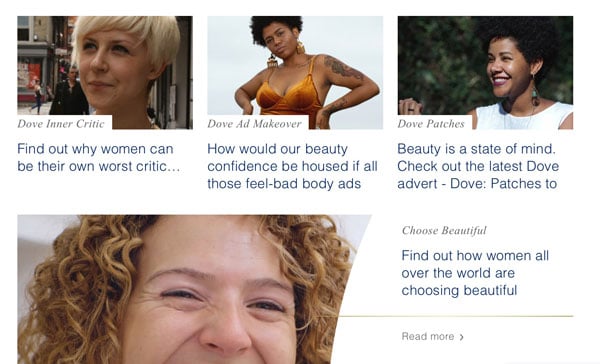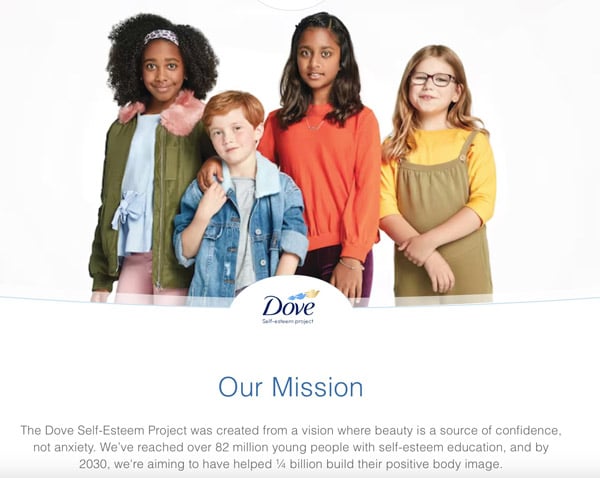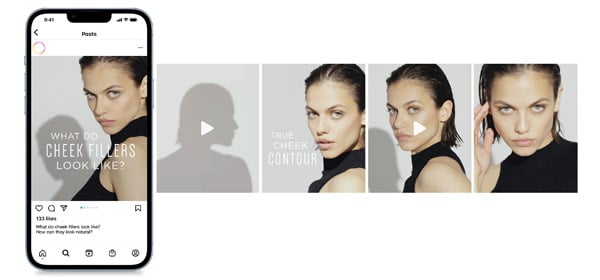Statistics indicate that while 5 million businesses are started each year, 20% fail during the first year and only 25% make it past the 15-year mark. According to Forbes, not putting the customer first is one of the top three reasons businesses fail. In the digital age, putting the customer first - what is relevant and important to them - is essential in staying alive. And crafting a community online is one way to keep your customers front and center.
Customers and customer communities are the cornerstone of brands. It is key to take a contact lead from brand awareness and nurturing that contact to brand loyalty while creating an ongoing rapport with them. How you do this is critical to your success. Social media and community building can make a positive… or negative impact. The recent Bud Light marketing campaign controversy is an excellent example of this. Social media conversations take place in real-time. It is crucial to set a process for community outreach where a brand can identify and participate in or manage these conversations.
What does strong community management look like?
Community management is the process of building an authentic community among a company's customers and partners through various types of interactions. It's how a brand uses opportunities (in person and online) to interact with its audience to create a network where they can connect, share, and grow. This is a two-pronged process that includes, first, gaining their interest and building their trust. And then, maintaining their enthusiasm so they keep coming back – and bring their friends!
Strong community management processes include:
- Obtaining feedback and gathering ideas from customers and audience members through “real” conversations
- Providing support for audience members in the form of answering questions or providing updated content – when and where they want it
- Educating your audience – offering them more, without overselling your band
- Learning about customers and what they want, expect, and need in terms of content, products, services, and support – addressing their pain points
- Building one-on-one, and one-to-many relationships between audience members and your brand
- Boosting customer interactions, conversions, and (eventually) sales
- Providing value to customers beyond a product or service
Where do I begin?
The first step is to define what your “why” is. Why does your brand want to create a community? Most would jump to the conclusion that your company exists to make money. While it is true that you must make money to stay in business, that is not why you exist. You exist to fulfill a need – for a reason. You exist because of your customers.
Your “why” may be because you want to foster a relationship with your customers and build their engagement with your brand. Likely, your product is one of many kids on the block. Your product may not even be the most popular in its category. The big question becomes how to make your product the center of attention.
"One reason that community is becoming more important is that it's becoming much easier to build products, but it's always going to be very difficult to copy community... Someone can copy the look, feel, and functionality of your forum, but they'll lack the people, relationships, emotional investment, and social identity that an established community has."
- The Business of Belonging, by David Spinks (2021)

In the beauty industry, one of the foundational examples of building a community started back in 2004 when the brand Dove published a global study. This research – since updated – which included 3,200 women in 10 countries who were between the ages of 18 and 64, resulted in some telling statistics, including:
- Only 2% of women call themselves "beautiful"
- 72% find their beauty "average"
- 68% strongly agreed that "the media and advertising set an unrealistic standard of beauty that most women can't ever achieve"
- 75% wished that "the media did a better job portraying women of diverse physical attractiveness – shape, and size"
This resulted in Dove’s development of their game-changing; “Real Women Real Beauty” campaign that sparked a global – yet very personal conversation. And this was not a flash-in-the-pan marketing scheme. Dove continues the conversation today and has expanded it into new arenas, continuing to build and support new communities that often face difficult issues.

Making community work
Several factors must be considered when developing a plan to build your community. What are the core business objectives? How can you create a community that drives business outcomes? How will you measure community success?
Understanding your target audience is critical in building a thriving social media community. It involves auditing and learning about your audience's interests, preferences, and behaviors. Doing so lets you map out their unique customer journeys, from the initial awareness stage to the final purchase decision.
Once you understand your target audience's journeys, you can start to plan your content accordingly. Consider the different stages of the customer journey and create relevant and helpful content at each stage. For example, at the awareness stage, you can create educational content that introduces your brand and products to your audience. At the consideration stage, you can provide more in-depth content that highlights the benefits of your products or services.
It's essential to prepare a content plan that works for your audience and to set internal goals and objectives within this plan. Determine what you want to achieve with your social media content and how it will help you reach your business goals. Then, develop a content calendar that outlines the topics, formats, and channels you will use to deliver your content. By planning, you can ensure that your content is timely, relevant, and effective in engaging your target audience.
Remember, great social media communities do these things
-
Foster meaningful conversations: A great online social media community encourages open and honest discussions among its members. It provides a platform for individuals to share their thoughts, opinions, and experiences and actively engage with them.
-
Provide value: By offering helpful resources, insightful content, and educational opportunities. It delivers content that is relevant, timely, and engaging.
-
Create a sense of belonging: A great online social media community creates a sense of belonging and connection among its members. It provides a safe and welcoming space for individuals to interact and engage with each other and encourages a supportive and collaborative environment.
-
Encourage user-generated content: A great online social media community encourages its members to share their own content and experiences. It celebrates its members' contributions, which helps build trust and loyalty.
-
Listen and respond to feedback: A great online social media community listens to its members' input and responds to their concerns and suggestions. A great community builds trust and encourages long-term engagement by actively engaging with its members and responding to their needs.
Companies are spending billions of dollars on consumer loyalty programs. COVID upended prior trends, and the market is working harder than ever to reclaim and maintain its loyal customer base. If you have yet to consider building a community, there is no better time than now.
“The global loyalty management market is projected to grow from $5.57 billion in 2022 to $24.44 billion by 2029, at a CAGR of 23.5% in forecast period.”
Step-by-step ideas for building a strong and beneficial community
- Listen and deliver - The first step is to discover what your community cares about and enable them to live out their values through a complete, thoughtful and rewarding experience. Make members of the community feel seen, heard, and valued.
- Engage and activate - Give members the tools to bring other like-minded individuals into the community by providing engaging content and the ability to spread their appreciation for your brand as wide as they can.
- Create a distinct culture - Your brand's community should be unique to you and, more importantly, to its fanbase. The culture must be distinctive and offer reasons they want to be part of your community.
- Innovate together - Successful brands aren't building for their consumers. They're building with their consumer through the community. This opens the door for more effective support and increased ideation, implementation, and investment.
- Grow advocacy - Consumers want to support brands they trust that align with their values and develop an emotional relationship with them. They'll want to help others see you when they feel seen, becoming your best advocates.
- Retain members - Effective communities are sticky. If members have built meaningful connections within your community, it's likely to drive retention for the brand overall. Retaining a customer is far cheaper than acquiring a new one.
"76% of young people said they have purchased or would consider purchasing a brand/product to show support for the issues the brand supported. Perhaps even more importantly, 67% have stopped purchasing or would consider doing so if the company stood for something or behaved in a way that didn’t align with their values… To truly stand out, companies must engage with young people and make them partners in progress."
- Meta for Business (2022)

In the above post, we have taken one of the most commonly searched questions regarding cheek fillers, and transformed it into an Instagram carousel. By working this way, we know that users are searching for the content we are producing. We have used a mix of static images and film snippets to keep the frames in the carousel engaging as the user swipes through.
Other examples of beauty companies that have built thriving communities;
- Dove - 817K followers on Instagram
- Glossier - 2.74M followers on Instagram
- Sephora - 21.4M followers on Instagram
- Fenty - 12.3M followers on Instagram
- ELF Cosmetics - 6.3M followers on Instagram






Images courtesy of Hannah Hutchins
Looking to craft a strong community to turn your customers into enthusiasts? Contact UP!